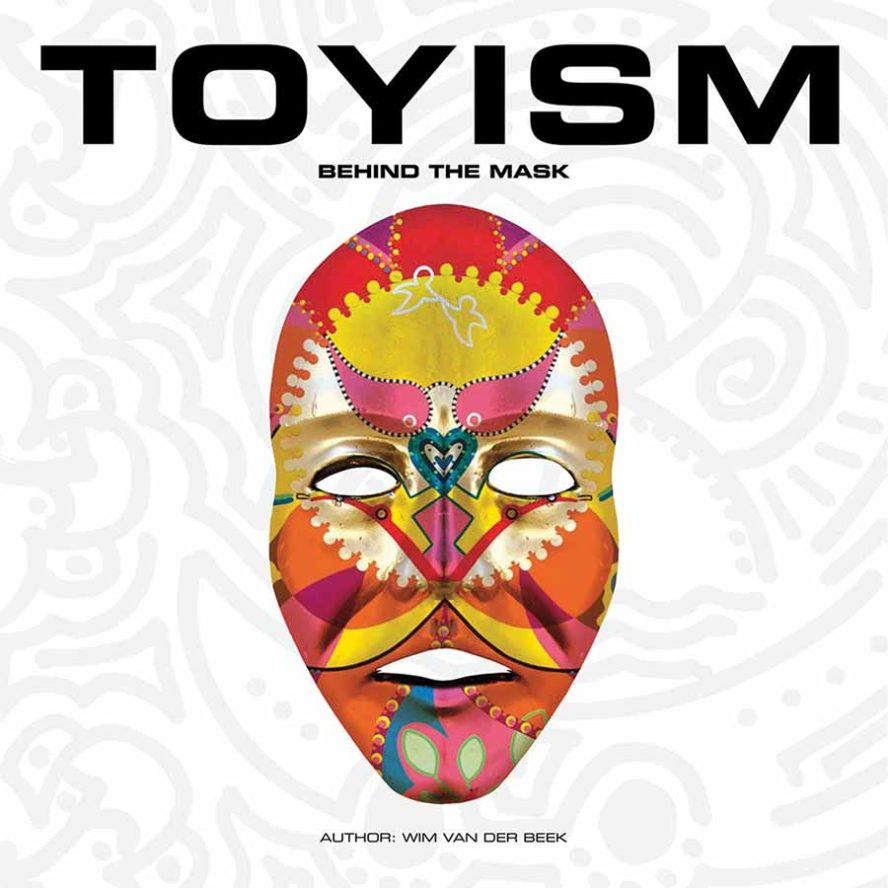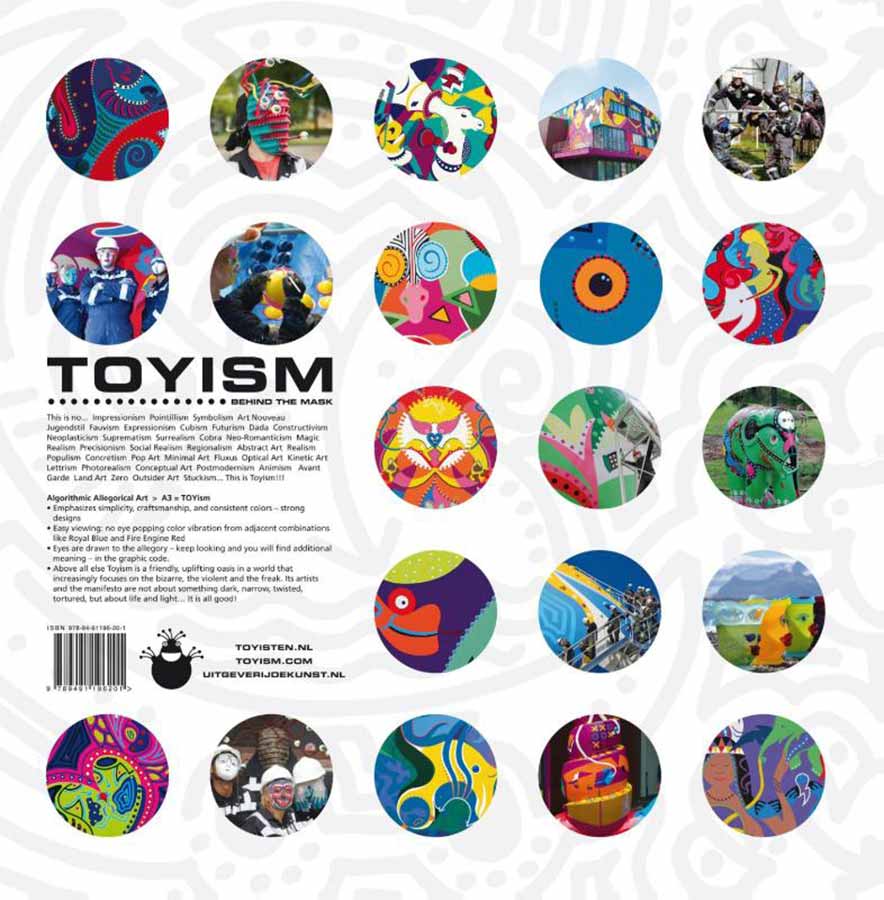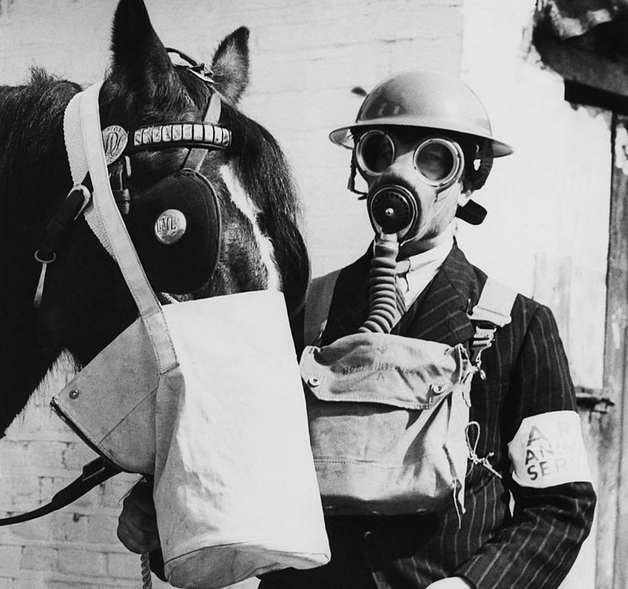Toyism movement

Toyism movement
Toyism – behind the Mask
Just like the Cobra movement formed at the end of the 1940s, the toyism art movement seeks to plug into the experiences of children, while indirectly also appealing to all adults.
Toyism is a contemporary art movement that originated in the 1990s in Emmen, The Netherlands. The word symbolises the playful character of the artworks and the philosophy behind it. The suffix ‘ism’ refers to motion or movements that exist in both the world of art and religion. Nevertheless, the game of toyism is a serious matter that shows a new, critical and sensitive perspective on our present-day world.
Toyism as art movement is a reaction on the post-modern world of individualism, which existed in the 1970s through the 1990s, the era in which “everything is allowed”.

New Ideology
On September the 5th 1992 artist Dejo (pseudonym) writes a manifest called Mother and introduces toyism to the audience. The highly egocentric character that is deeply rooted in the arts becomes the basis for another ideology; the individual would play second fiddle to the group without sacrificing on the personal level or in quality.
The current toyism is a mixed group of professional artists from around the world with diverse cultural backgrounds and working in various disciplines, who can influence and enrich the style and, importantly, who put the art in the forefront and not themselves.
A new type of artist surfaced during the nineties of the past century. Artists were expected not only to exploit artistic talents but also to act as entrepreneurs. Toyism was introduced by the artist Dejo, originally from the Netherlands. He quickly grasped that the best guarantee for successful artistry consisted of a combination of those two elements. In the past, an artist primarily achieved results with materials science, artisanal skills, knowledge of art history, an original style, approach, and visual language. Today, the success factor is also determined by competencies that are difficult to measure, such as organisational talent, commercial insight, inventing effective business structures, the ability to assess the value of one’s own attitude and to achieve a good return on that attitude, and to have the courage to continually begin new projects without knowing their outcome.
Manifesto
Artists are confronted with coincidences and uncertainties on a daily basis. They do not need analytical models, market research or statistics in order to function properly. Nevertheless, they must in fact acquire the mentality of an entrepreneur. This seems to be an impossible balancing act. Yet, with toyism, the toyists prove that it is possible. A manifest is an excellent tool for ensuring that everyone is focused on the same direction. It eliminates the need for difficult discussions and pernicious differences of opinion. Nonetheless, toyism encompasses without a doubt the cultural background and contribution of each individual artist. This causes the style to steadily evolve and grow.
All over the World
Today the movement consists of 20 artists. Their pseudonyms begin with a letter they selected from the alphabet. None of the pseudonyms can share the same letter, unless a toyist has left the group and the letter has become available. This limits the number of toyists to 26. The once-only use of the 26 letters is also a nod to the number 13 (26 = 2 x 13), which possesses a specific significance within the movement. The toyists, consisting of men as well as women, originate from all over the world: USA, Canada, South Africa, Malaysia, Australia, Romania, Iceland, and the Netherlands.
Author: Wim van der Beek

TOYISTS? WHO ARE THEY?
Drawing the lines during the game and knowing the boundaries of the playing field, handling restrictions creatively and attempting to obtain the maximum out of yourself and the game, those are things that Toyists know all about. Actually, that’s what it’s all about for them.
Toyists? Who are they? The word of Toyism is not very easy to explain. The first syllable is clear in itself, but it’s the second one that needs some explanation. The suffix ‘ism’ refers to motion or movements that exist in both the world of art and religion. Impressionism and expressionism, surrealism, Tachism, Buddhism, Hinduism, Taoism en Confucianism. Also political phenomena, character traits or any other social phenomenon, those that are supported by many or even appear to a great degree, are sometimes lifted to the state of an –ism. Simplism is a nice example. But also ideas like protectionism, dualism, futurism and centralism are commonly accepted.
Toyism is carried out by a collective of artists that operates internationally, so it is obvious that it can be seen as an art movement. Strictly speaking this is correct. Any person that is not only interested in a movement that simply spreads pieces of art but also pays some attention to the form of organisation and the way this group of artists manifests itself will soon discover that Toyism contains some elements that make people tend to think of them as being a heterogeneous group of do-gooders having the potential of a social movement. Because they are guided by rituals and rules as part of a secret manifesto, one can be tempted to even attribute religious dimensions to Toyism – but when you take a closer look, that seems rather exaggerated, unless art in general should be perceived as a religion.
From 1992 until 1999 the Toyists were producing art by following strict rules. After that period the manifesto was rewritten, and some guidelines were relaxed in order to offer more freedom for free interpretation. This guaranteed that their work would get a genuine identity and become more recognisable. What this does not imply is that the art they produce had become similar and boring. On the contrary, the playing field is enormous and expanded daily with new options, expressions and applications. Toyism is like soccer. The rules are clear. What you see, is what you get. Everybody knows how to play the game and yet stadiums are filled again and again with thousands of people that like to be surprised by dazzling actions, well-planned tactics, creative ball handling, team spirit, collective strength and individual tours de force. Even the club’s identify is considered. What a club shirt means to a soccer player is what a mask is for a Toyist. For them being recognizable is a somewhat mysterious and paradoxical thing. Wherever they appear in public, the Toyists are recognisable by their mask that confirm their Toyist state and at the same time guarantees their anonymity, although the traces that they leave behind in their art work immediately betray the fact that they are Toyists. The statement is crystal-clear: it is not the individual that counts, but the collective. Toyists like to be judged upon originality and authenticity of their work and also on the range of thought on which it underlies. All this is universal and ageless with no room for short-lived glory of the loner. It can be compared with true love for a sports team: together they score!


